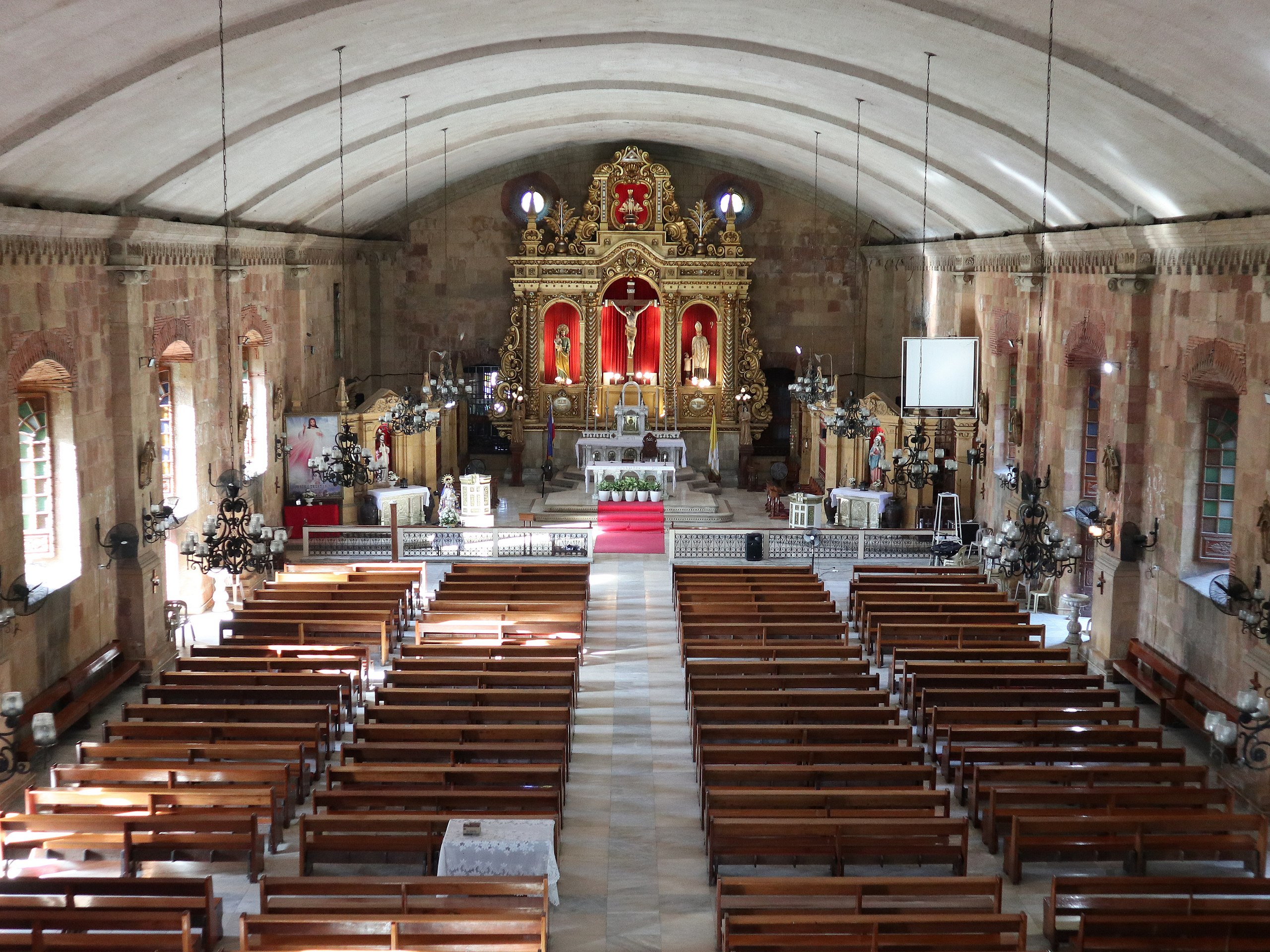Church Security Assessment Plan
Securing Sanctuaries: Your Partner in Enhancing Church Safety

In today’s world, it’s crucial to prioritize the safety of our community spaces, including places of worship like churches. The Church Security Assessment Plan plays a vital role in ensuring the safety and security of church facilities, members, and assets. This plan starts with a thoughtful preliminary information-gathering phase, where church leaders discuss concerns and goals, and the layout of the church is carefully examined. The plan moves forward with a comprehensive Security Assessment Checklist, evaluating physical security, surveillance systems, access control, emergency preparedness, and communication systems.
A detailed Risk Assessment follows, pinpointing potential threats and vulnerabilities unique to each church. The plan doesn’t stop at identification; it moves forward with practical Recommendations and Solutions. This includes upgrading surveillance systems, installing access controls, implementing emergency protocols, and enhancing lighting – all tailored to the specific needs of the church. The Implementation Plan outlines the steps, timelines, responsibilities, and budget considerations for putting these enhancements into action. Regular Review and Follow-Up ensure that security measures remain effective and up-to-date, reinforcing the importance of prioritizing safety within the church community. By following this plan, LaBass Protection can contribute significantly to churches’ efforts to enhance their security and safeguard their congregation and facilities.
By following this comprehensive security assessment plan, your security camera company can provide valuable insights and recommendations to help churches improve their security posture and ensure the safety of their congregation members and facilities.

Introduction:
- Brief overview of the purpose of the security assessment plan.
- Emphasize the importance of ensuring the safety and security of church facilities, congregation members, and assets.

Preliminary Information Gathering:
- Schedule an initial meeting with church leadership to discuss security concerns and objectives.
- Collect information about the church’s layout, including entrances, exits, high-traffic areas, and vulnerable points.
- Review any existing security measures, such as alarm systems or access control systems

Security Assessment Checklist:
Develop a comprehensive checklist covering various aspects of church security, including:
- Physical Security: Assess the building’s perimeter security, door and window locks, lighting, and fencing.
- Surveillance Systems: Evaluate the adequacy and coverage of existing security camera systems. Identify blind spots and areas that require additional coverage.
- Access Control: Review access control measures, including key management, entry points, and visitor management procedures.
- Emergency Preparedness: Assess the church’s emergency response plans, including protocols for fire, medical emergencies, and active shooter situations.
- Communication Systems: Evaluate communication systems within the church, including intercoms, emergency notification systems, and two-way radios.

Risk Assessment:
- Conduct a risk assessment to identify potential security threats and vulnerabilities specific to the church’s location, size, and activities.
- Prioritize risks based on their likelihood and potential impact on the church and its members.

Recommendations and Solutions:
- Based on the findings from the security assessment and risk assessment, provide recommendations for enhancing church security.
- Propose solutions to address identified vulnerabilities and mitigate risks, such as:
- Upgrading surveillance camera systems with high-definition cameras and additional coverage.
- Installing access control systems to limit unauthorized entry to sensitive areas.
- Implementing security protocols for handling emergencies and training staff and volunteers.
- Enhancing lighting in poorly lit areas to deter criminal activity.

Implementation Plan:
- Develop a detailed implementation plan outlining the steps required to implement the recommended security enhancements.
- Specify timelines, responsibilities, and budget considerations for each step of the implementation process.

Review and Follow-Up:
- Schedule regular follow-up meetings with church leadership to review the progress of security enhancements.
- Conduct periodic security assessments to ensure that security measures remain effective and up-to-date.

Conclusion:
- Summarize the key findings of the security assessment and the proposed recommendations for enhancing church security.
- Reiterate the importance of prioritizing safety and security within the church community.

